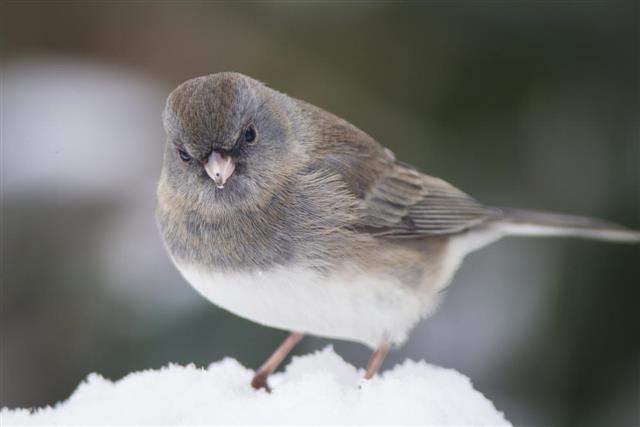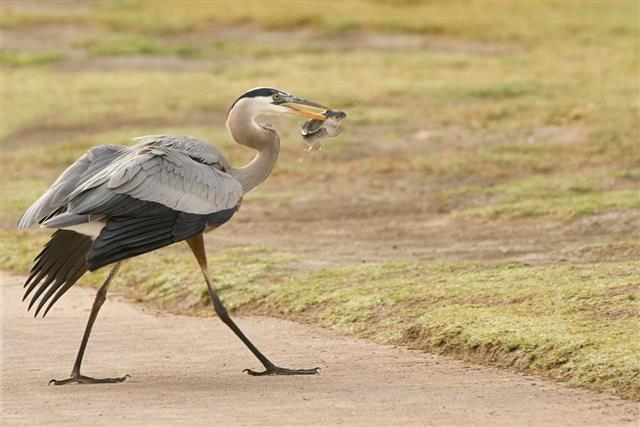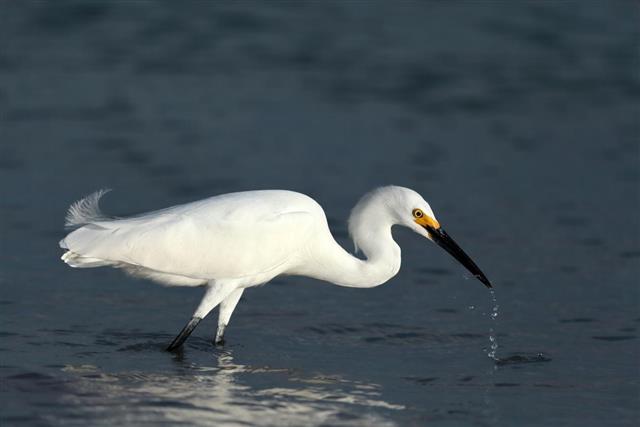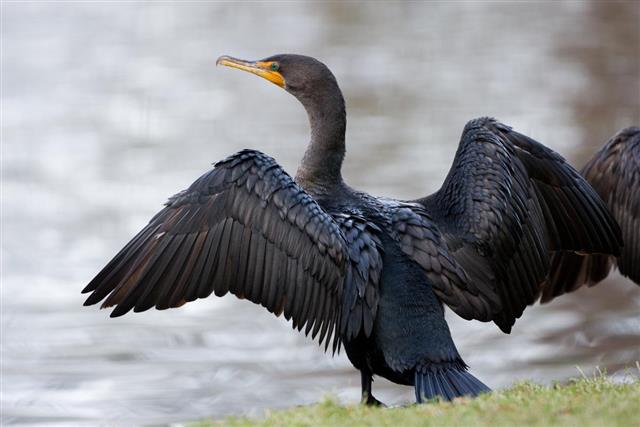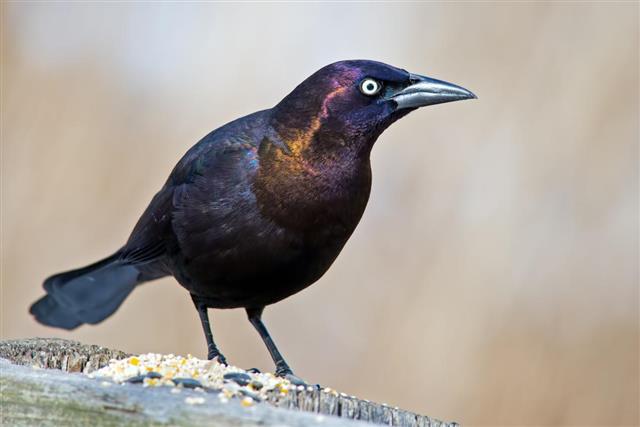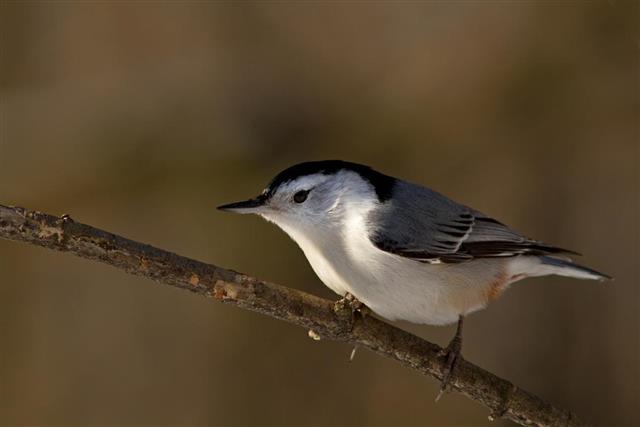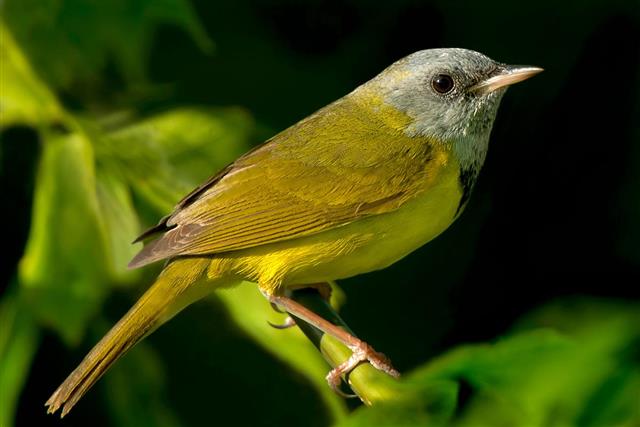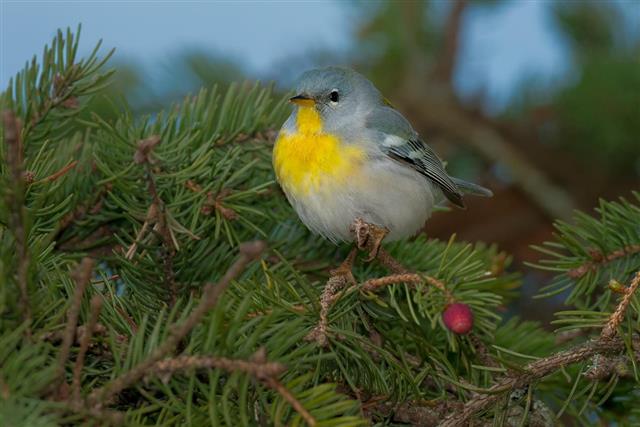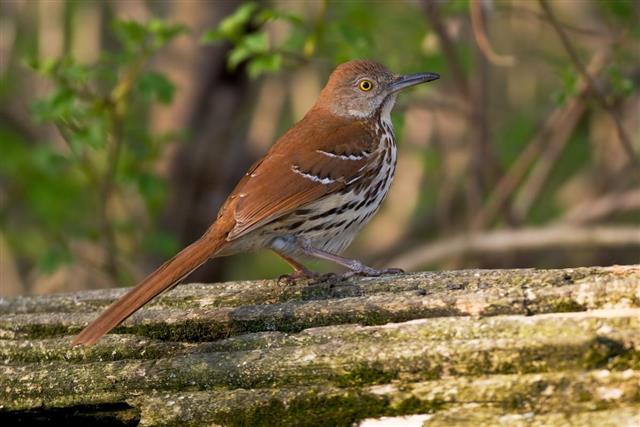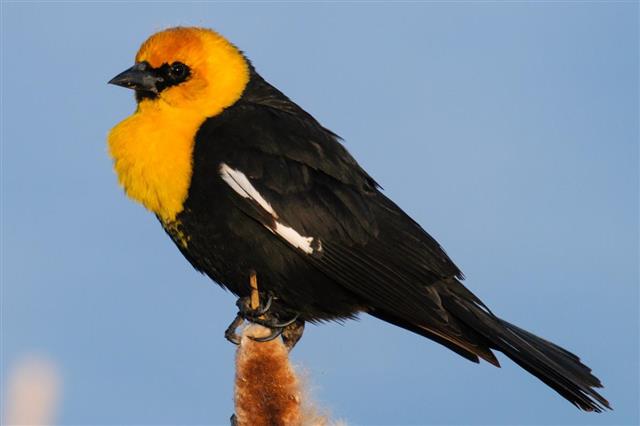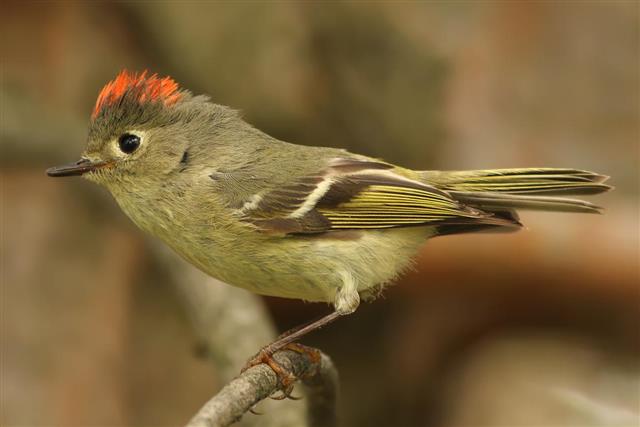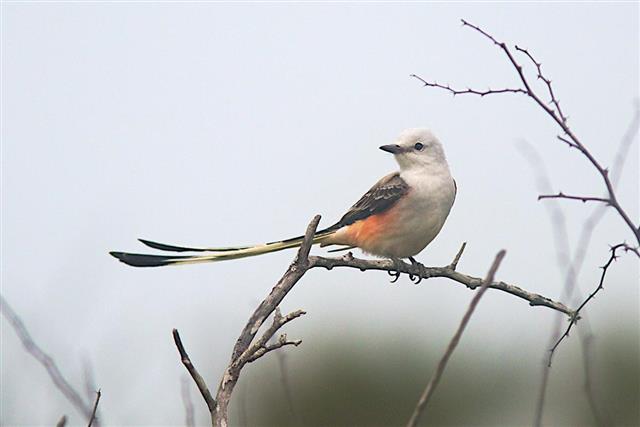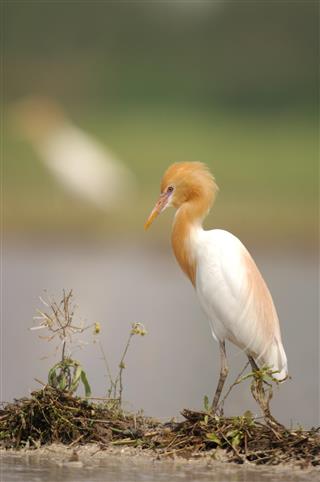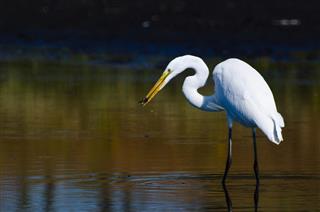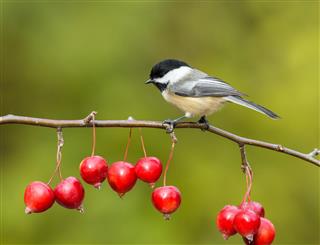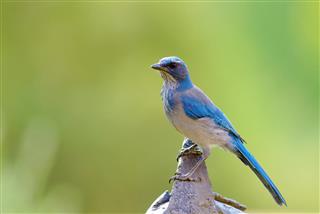
Identifying birds has caught the fancy of many apart from bird watchers. Bird identification by color is one of the important keys of this guide. Though different types of birds and their identification keys are many, this article talks specifically about identifying birds by their color.
Bird watching can be a great stress-buster. Life would be drab and soundless (read sound worth listening) without birds. There are so many kinds of birds in this world, residing in various habitats. Most of them we have seen on TV, thanks to the science and nature-dedicated channels. Though bird identification by color is not a foolproof way of recognizing a particular species, it certainly is one factor which an identification guide would have.
There are some factors you need to pay attention to while using the color technique of bird identification. The reason why it is not a foolproof technique is because of these drawbacks.
- The color of a bird varies in its entire life span.
- An old bird won’t necessarily have color as vibrant as when it was young.
However, one good point is that the markings on the bird’s body, the spots on its breast, etc. remain the same.
Red
- White-winged Crossbill
- Vermilion Flycatcher
- Summer Tanager
- Scissor-tailed Flycatcher
- Scarlet Tanager
- Ruby-throat Hummingbird
- Ruby-crowned Kinglet
- Rose-breasted Grosbeak
- Red Finch
- Red Crossbill
- Purple Finch
- Pink Flamingos
- Pine Grosbeak
- Painted Bunting
- Ovenbird
- Northern Cardinal
- House Finch
- Golden-crowned Kinglet
- Common Redpoll
- Blackburnian Warbler
- Baltimore Oriole
- American Robin (on breast)
- American Redstart
Blue
- Western Scrub Jay
- Western Bluebird
- Stellar’s Jay
- Pinyon Jay
- Mountain Bluebird
- Little Blue Heron
- Lazuli Bunting
- Indigo Bunting
- Florida Scrub-Jay
- Eastern Bluebird
- Cerulean Warbler
- Blue Jay
- Blue Grosbeak
- Black-throated Blue Warbler
- Belted Kingfisher
- Barn Swallow
Yellow
- Yellow-throated Warbler
- Yellow-rumped Warbler
- Yellow-headed Blackbird
- Yellow-breasted Chat
- Yellow Warbler
- Wilson’s Warbler
- Western Tanager
- Western Meadowlark
- Verdin
- Siskin
- Scott’s Oriole
- Prothonotary Warbler
- Prairie Warbler
- Palm Warbler
- Orange-crowned Warbler
- Northern Parula
- Nashville Warbler
- Mourning Warbler
- Magnolia Warbler
- Lesser Goldfinch
- Kentucky Warbler
- Hooded Warbler
- Hooded Oriole
- Flickers
- Evening Grosbeak
- Eastern Meadowlark
- Connecticut Warbler
- Common Yellowthroat
- Chestnut-sided Warbler
- Cape May Warbler
- Canada Warbler
- Black-throated Green Warbler
- American Goldfinch
Orange
- Spotted Towhee (on side)
- Orchard Oriole
- Eastern Towhee (on side)
- Bullock’s Oriole
- Baltimore Oriole
Brown
- Wood Thrush
- Vesper Sparrow
- Veery
- Song Sparrow
- Orchard Oriole
- McCown’s Longspur
- House Wren
- Hermit Thrush
- Fox Sparrow
- Eastern Towhee
- Dickcissel
- Chestnut-collared Longspur
- Cedar Waxwing
- Carolina Wren
- Brown-headed Nuthatch
- Brown Thrasher
- Brown Creeper
- Black-billed Cuckoo
- Bay-breasted Warbler
- American Robin
Black & White
- White-throated Sparrow
- White-breasted Nuthatch
- Red-winged Blackbird
- Hairy Woodpecker
- Black Phoebe
- Downy Woodpecker
- Dark-eyed Junco
- Common Grackle
- Brown-headed Cowbird
- Bobolink
- Blackpoll Warbler
- Black-capped Vireo
- Black-capped Chickadee
- Black and White Warbler
- American Crow
Black
- Turkey Vulture
- Red-winged Blackbird
- Fish Crow
- European Starling
- Double-crested Cormorant
- Brown-headed Cowbird
- Brewer’s Blackbird
- Black Vulture
- Anhinga
- American Crow
White
- White Ibis
- Snowy Egret
- Great Egret
- Cattle Egret
Gray
- Great Blue Heron
- Northern Mockingbird
- Gray Jay
- Loggerhead Shrike
- Tufted Titmouse
- Dark-eyed Junco
- Blue-gray Gnatcatcher
- White-breasted Nuthatch
Other methods of wild bird species identification are by their cries, size, habitat, behavior, tails, nests, songs, markings on the body, etc. It is evident from these factors that their physical characteristics form most of the bird identification keys. You can also read some books on ornithology, the study of birds, to know more about the different species.





